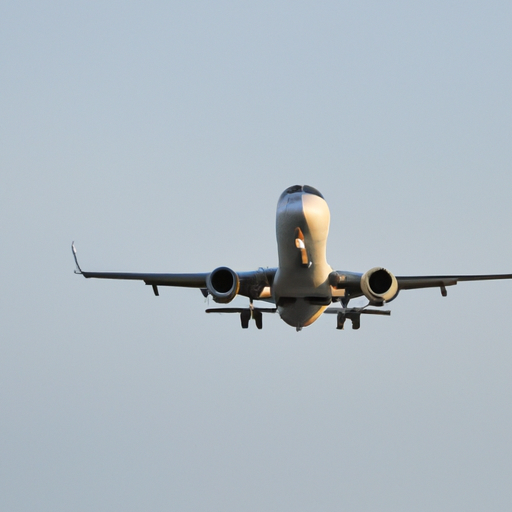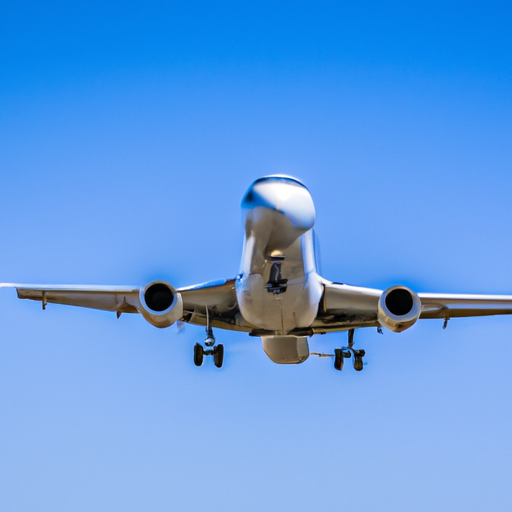Understanding the Importance of Eco-Friendly Aviation
As the world becomes increasingly aware of environmental issues, the aviation industry is taking significant steps to reduce its carbon footprint. With flights contributing approximately 2-3% of global CO2 emissions, the need for green solutions in air travel has never been more urgent. But what exactly are airlines doing to tackle this challenge? Let’s explore the innovative strategies and technologies airlines are adopting to become more eco-friendly.
Fuel Efficiency and Sustainable Aviation Fuel
One of the primary ways airlines are reducing their environmental impact is by improving fuel efficiency. Older aircraft models are often less fuel-efficient, so many airlines are investing in newer, more efficient planes. For instance, aircraft like the Boeing 787 Dreamliner and the Airbus A350 are engineered to be lighter and consume less fuel.
In addition to new aircraft, airlines are exploring sustainable aviation fuel (SAF). Unlike traditional jet fuel, SAF is produced from renewable resources such as plant materials and waste. It can reduce greenhouse gas emissions by up to 80% over its lifecycle. Major airlines are beginning to incorporate SAF into their fuel mix, which is an exciting development for anyone concerned about the environment.
Carbon Offsetting: A Step Towards Neutrality
Another way airlines are addressing their carbon footprint is through carbon offsetting programs. When you book a flight, have you noticed the option to ‘offset your emissions’? This means you can invest in projects that reduce greenhouse gases elsewhere, like reforestation or renewable energy projects. Airlines like Delta and British Airways have introduced programs that allow passengers to contribute to these causes directly, helping to achieve net-zero emissions.
Moreover, airlines themselves are purchasing carbon credits to offset emissions produced during their operations. This doesn’t eliminate emissions but helps balance them out, promoting a culture of responsibility and awareness among travelers.
Innovative Cabin Designs and Operations
Airlines are also rethinking cabin designs and in-flight operations to reduce their environmental impact. This involves using lighter materials throughout the aircraft, from seats to galley equipment, which can lead to substantial fuel savings over time. Less weight aboard an aircraft means less fuel is required for each flight, resulting in a lower carbon output.
In-flight waste management is another crucial area of focus. Airlines are implementing strategies to minimize single-use plastics by replacing plastic cups, cutlery, and wrappers with reusable or biodegradable alternatives. This is a small but substantial change that collectively has a significant impact, especially when you consider the millions of passengers flying each year.
Engagement with Passengers: Raising Awareness
Airlines are also making strides in engaging passengers with sustainable travel options and educating them about their carbon footprint. For instance, some airlines offer passengers the option to choose greener routes that may take a little longer but result in fewer emissions. By providing information and choices, airlines empower travelers to make more informed decisions.
Moreover, many airlines are leveraging social media and their platforms to highlight their sustainability initiatives. Supporting these efforts, travelers can become advocates for eco-friendly practices, influencing others about the importance of greener travel.
Collaborations and Industry Standards
The journey towards greener skies isn’t one that airlines can embark on alone. Collaborations between airlines, manufacturers, and governments are essential for the aviation industry to genuinely become more sustainable. The International Air Transport Association (IATA) has set ambitious targets for the industry to achieve carbon-neutral growth by 2020 and a 50% reduction in net emissions by 2050 compared to 2005 levels.
In addition, partnerships with research institutions and environmental organizations are helping airlines develop new technologies, such as electric planes or hybrid propulsion systems. By pooling knowledge and resources, the aviation industry can accelerate its transition towards cleaner air travel.
Passenger Actions: What Can You Do?
As a traveler, you might wonder what actions you can take to support a more eco-friendly aviation landscape. Here are some tips to consider before your next trip:
- Choose Airlines Wisely: Research airlines that prioritize sustainability and commit to reducing their carbon footprint.
- Use Carbon Offsetting: Whenever you book a flight, consider participating in carbon offsetting initiatives.
- Packing Light: Lighter luggage means less weight for the aircraft, which can lead to fuel savings.
- Reduce Single-use Items: Bring your own reusable water bottles and bags to minimize waste during your travels.
Looking Ahead: The Future of Sustainable Aviation</




